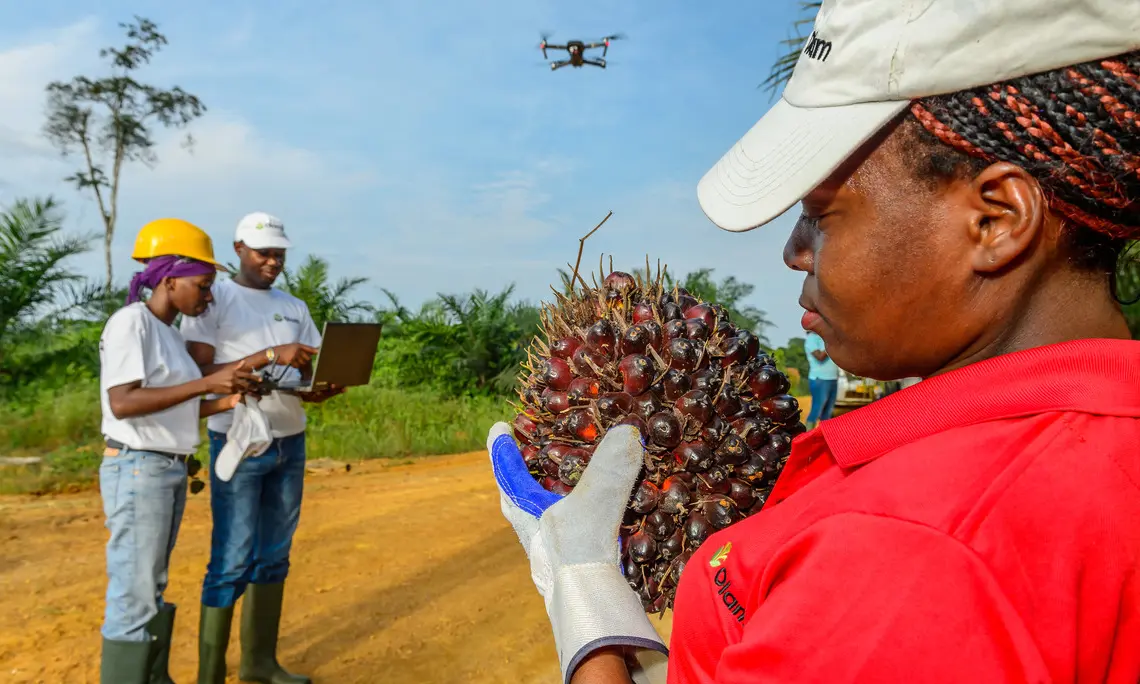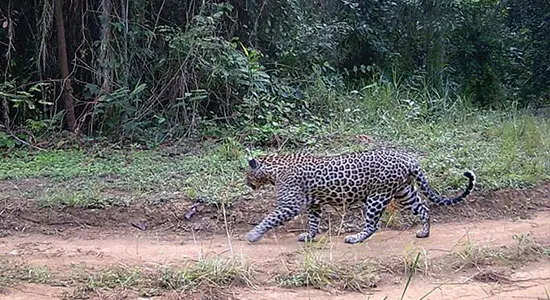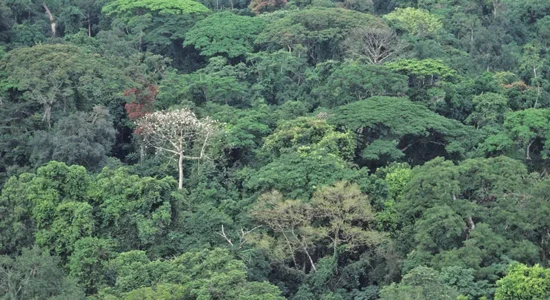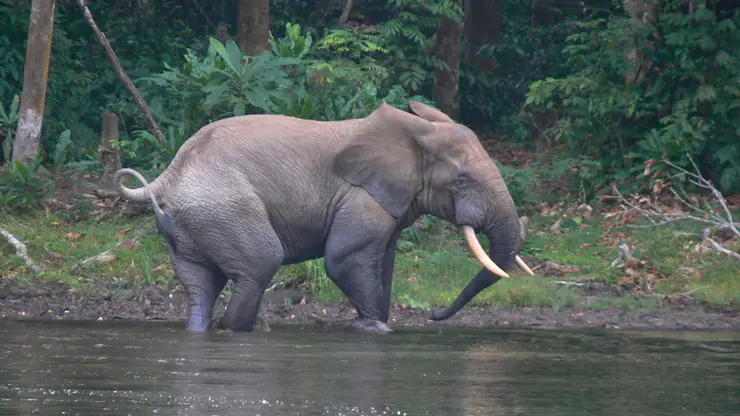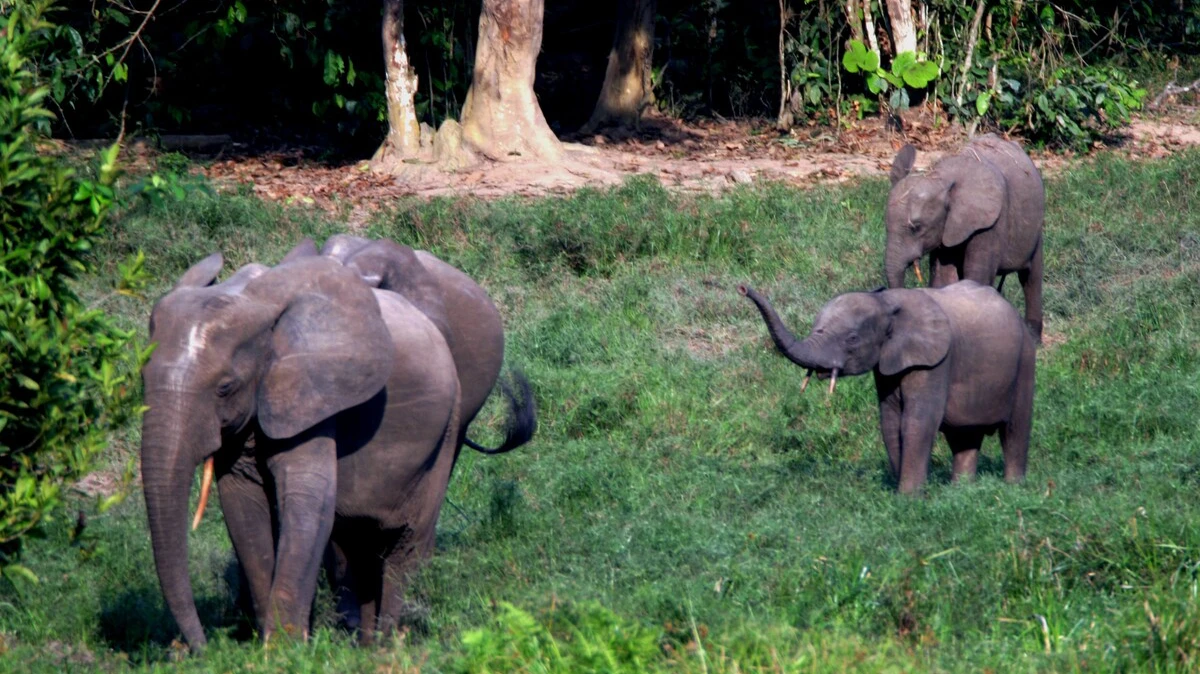Protecting Gabon's Biodiversity
Managing palm plantations in a biodiversity rich country like Gabon requires extensive efforts to support and safeguard the country’s natural heritage. OPG employs a 40-strong team dedicated to enforcing rigorous standards designed to protect the areas of High Conservation Value (HCV) and High Carbon Stock (HCS) that make up more than 50% of our palm concessions.


